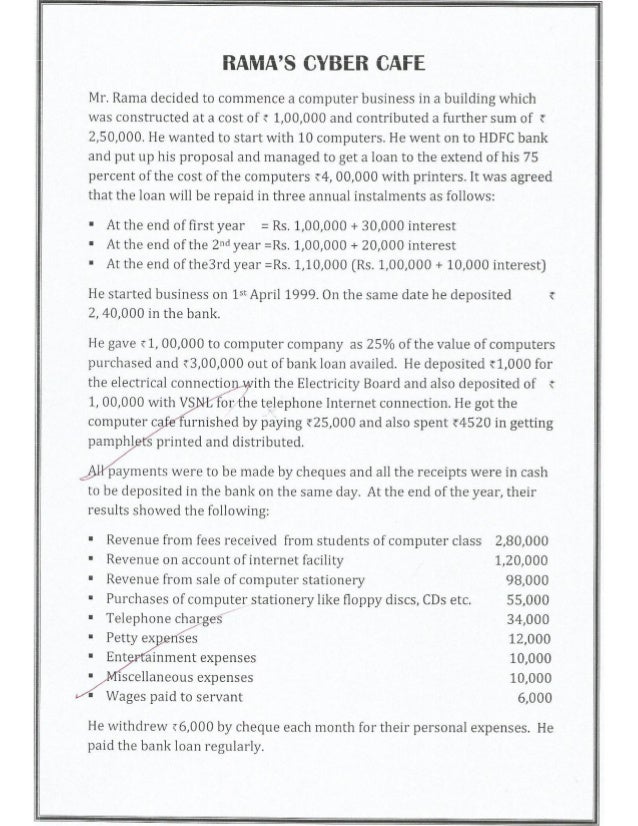Download Class 12th Accounts Project 12

Nuclear icebreaker A nuclear-powered icebreaker is a purpose-built for use in waters covered with. The only country constructing is Russia.

Download Class 12th Accounts Project 120
Have been constructed by the and later primarily to aid along the in the frozen waterways north of. Nuclear-powered icebreakers are much more powerful than their -powered counterparts, and although nuclear propulsion is expensive to install and maintain, very heavy fuel demands and limitations on range, compounded with the difficulty of refueling in arctic region, can make diesel vessels less practical and economical overall for these ice-breaking duties. During the, the ice along the varies in thickness from 1.2 to 2.0 metres (3.9 to 6.5 feet). The ice in central parts of the is on average 2.5 metres (8.2 ft) thick. Nuclear-powered icebreakers can force through this ice at speeds up to 10 (19 km/h, 12 mph).
When i was in class XII, I used to think in the same way as you are thinking. I need a short cut. I just want to complete the project in the shortest way possible. But believe me if you prepare project on your own then you will genuinely came to.
In ice-free waters the maximum speed of the nuclear-powered icebreakers is as much as 21 knots (39 km/h, 24 mph). In August 2012 Russia's nuclear corporation,, signed a contract to begin construction on what will be the world's largest nuclear icebreaker, a 'universal' vessel that could navigate both shallower rivers and the freezing depths of the Arctic. The first surface ship to reach the Russian are used to force through the ice for the benefit of cargo ships and other vessels along the Northern Sea Route, which comprises the eastern part of the, the, the, the, and the to the. Other important ports include,, and. Of six Arktika-class icebreakers built in 1975–2007, four are currently in service. Two shallow-draft nuclear-powered icebreakers, Vaygach and Taymyr, have been built for shallow waters and are usually used from the to Dikson, where they break through the ice followed by cargo ships with from and cargo ships with ore and metals from the 's port in. The icebreakers have also been used for a number of scientific expeditions in the Arctic.
On August 17, 1977, was the first surface vessel in the world to reach the. Since 1989, some icebreakers have been used for Arctic tourist. Russian nuclear icebreakers [ ]. The world's largest nuclear icebreaker, 50 let Pobedy In all, ten civilian nuclear-powered vessels have been built in the and.